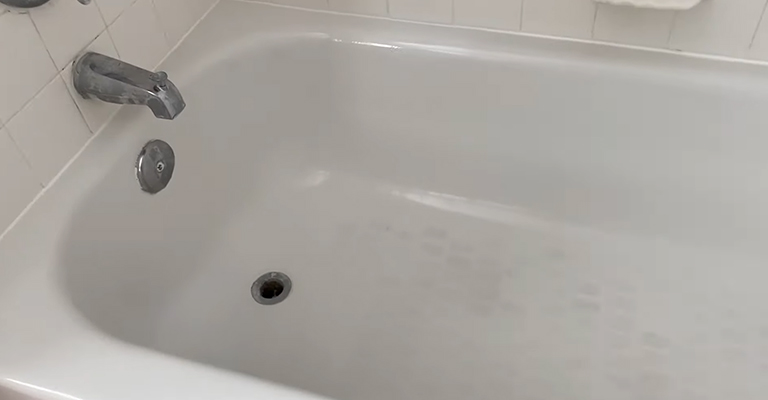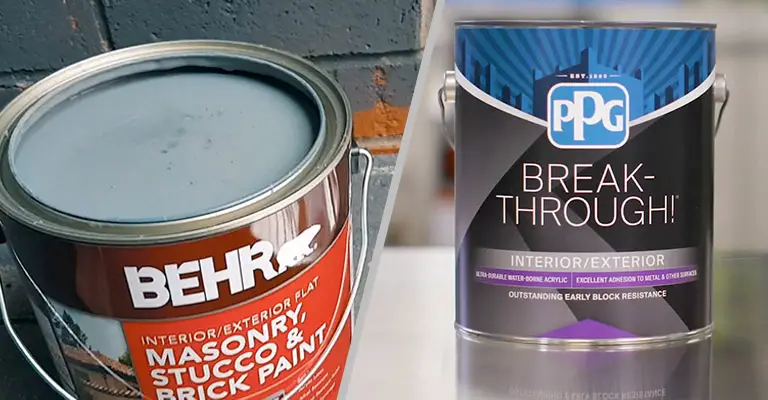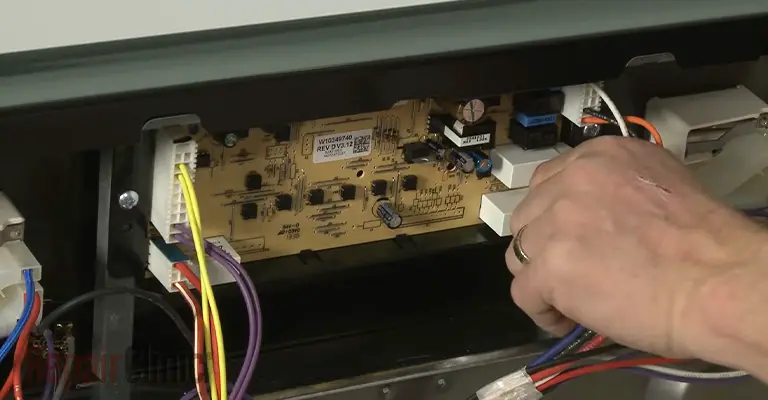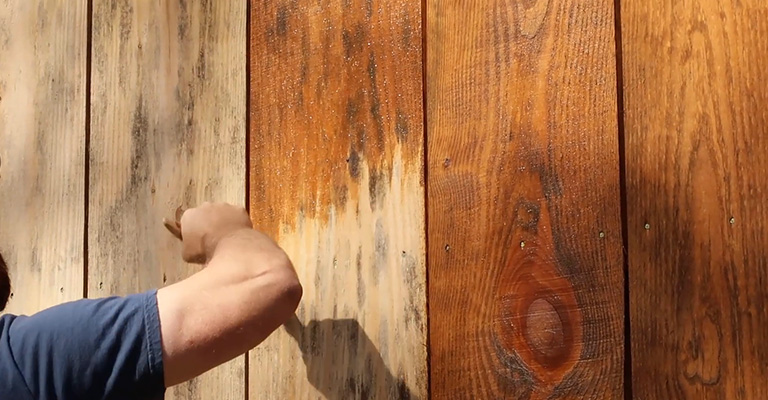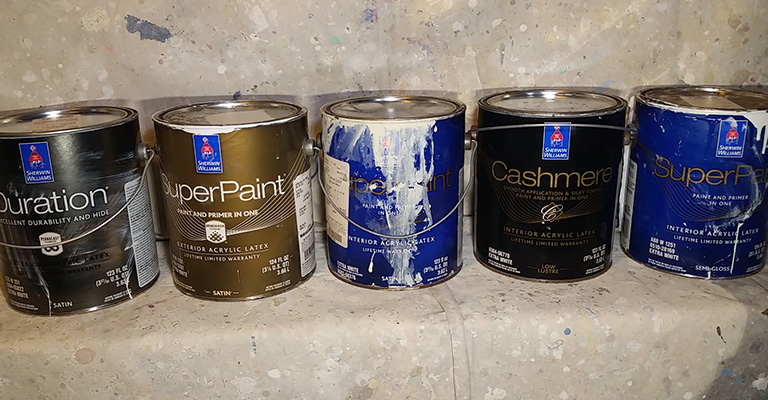How to Get Rid of Mice in Walls Fast: Effective and Safe Methods
Mice are notorious for seeking shelter in cozy, hidden places—like the walls of our homes. Not only do they create annoying noises, but they also pose health risks and can damage electrical wiring. If you’re currently facing this unwelcome situation, you’re likely looking for quick and efficient solutions. This comprehensive guide will detail how to get rid of mice in walls fast.
1. Identify the Problem
Firstly, ensure you’re indeed dealing with mice. Scratching, gnawing, and scampering noises, especially at night, are strong indicators. You might also find droppings or evidence of nesting materials.
2. Seal Entry Points
Before you tackle the mice inside, ensure no more can enter:
Inspect the exterior
Check for gaps or holes in the foundations, near vents, or around piping. Mice can squeeze through tiny openings as small as a dime.
Seal gaps
Use steel wool, caulk, or a combination of both. Mice can’t chew through steel wool, making it an effective deterrent.
3. Set Traps
Trapping is one of the quickest ways to eliminate mice:
Snap traps
Traditional yet effective. Bait with peanut butter or cheese. Set them perpendicular to the walls, with the bait side touching the wall, as mice typically run along perimeters.
Live traps
These allow you to catch and release the mice away from your home. Remember to release them several miles away to prevent their return.
Placement is Key
Place traps near any sounds or signs of mouse activity, including near entry points or common pathways.
4. Consider Rodenticides
While rodenticides are effective, they come with risks:
Toxicity
They’re poisonous, so they pose threats to pets, children, and other non-target animals.
Decomposition
A mouse may consume the poison and die within the walls, leading to an unpleasant odor. It’s advised to use rodenticides as a last resort and under expert guidance.
5. Utilize Natural Repellents
Some homeowners prefer more natural methods:
Peppermint oil
Mice dislike the strong scent. Dab some on cotton balls and place them in areas of activity. Remember to refresh the scent every few days.
Mothballs
While effective, they are toxic and should be used with caution, away from children and pets.
6. Enlist the Help of Predators
Cats
Simply the presence of a cat can deter mice. If you don’t own one, even borrowing cat litter and placing it near entry points can deter mice.
Owls
Installing an owl box can attract these natural predators, reducing the mouse population in the vicinity.
7. Clear Out Nesting Materials
Regularly inspect and clear out areas where mice might build nests:
Attic insulation
This is a common nesting spot. Check for signs and replace any damaged insulation.
Stored items
Boxes, old newspapers, and fabrics in storage areas can serve as nesting spots. Regularly declutter and inspect these zones.
8. Professional Help
If you’ve tried multiple methods and still can’t get rid of the mice, it might be time to call in the experts. Pest control professionals can identify infestation sites, advise on the best elimination methods, and help with prevention.
10. Maintenance and Prevention
While the immediate goal is to rid your home of mice fast, you also want to establish a long-term plan to prevent future infestations.
Regularly Inspect Your Home
Routine checks, especially as seasons change, can help identify potential entry points before they become a problem. As mentioned, mice can squeeze through tiny openings, so being vigilant is crucial.
Keep Your Home Clean
Mice are attracted to food:
Secure pantry items
Use airtight containers for grains, cereals, and other food items that might attract mice.
Regularly clean
Sweep or vacuum areas where food is consumed to eliminate crumbs. Ensure that food waste is disposed of properly and that trash cans have tight-fitting lids.
Landscaping
Your home’s surroundings can contribute to a mouse problem:
Trim trees and shrubs
Ensure they’re not touching your home, providing easy access for mice.
Keep grass cut short
This reduces shelter opportunities for mice.
Natural Deterrents
Certain plants can deter mice. Consider planting mint or camphor plants around your home’s perimeter. Their strong scents are known to repel these rodents.
Educate and Inform
Ensure all members of the household are aware of the importance of mouse-proofing. Simple actions, like ensuring doors are closed and not leaving food out, can make a difference.
Final Thoughts
Dealing with a mouse infestation can be both distressing and unhygienic, especially when one starts to notice mouse droppings around their living spaces or, worse yet, encounters dead mice. Often, homeowners resort to mouse traps, ranging from snap varieties to glue traps, in their bid to control mice. However, these solutions, while effective, may sometimes lead to the inhumane death of the creatures, as not all traps kill mice instantly.
Mice tend to favor our homes due to their consistent food sources and the safety of crawl spaces, offering perfect grounds for nesting and feeding habits. To prevent mice from taking up residence, it’s essential to understand where mice hide and what wild mice eat. Using food bait that mirrors their natural diet can make traps more effective. Moreover, familiarizing oneself with their habits can help in laying out strategies to trap mice efficiently.
Lastly, to truly curb mouse infestations, it’s not enough just to set up traps or attempt to kill captured rodents. A holistic approach considers the removal of food sources and understanding the intricacies of their behavior. By understanding where mice tend to nest, what they’re attracted to, and their patterns, homeowners can establish preventive measures that deter these pests, ensuring our homes remain mouse-free.

